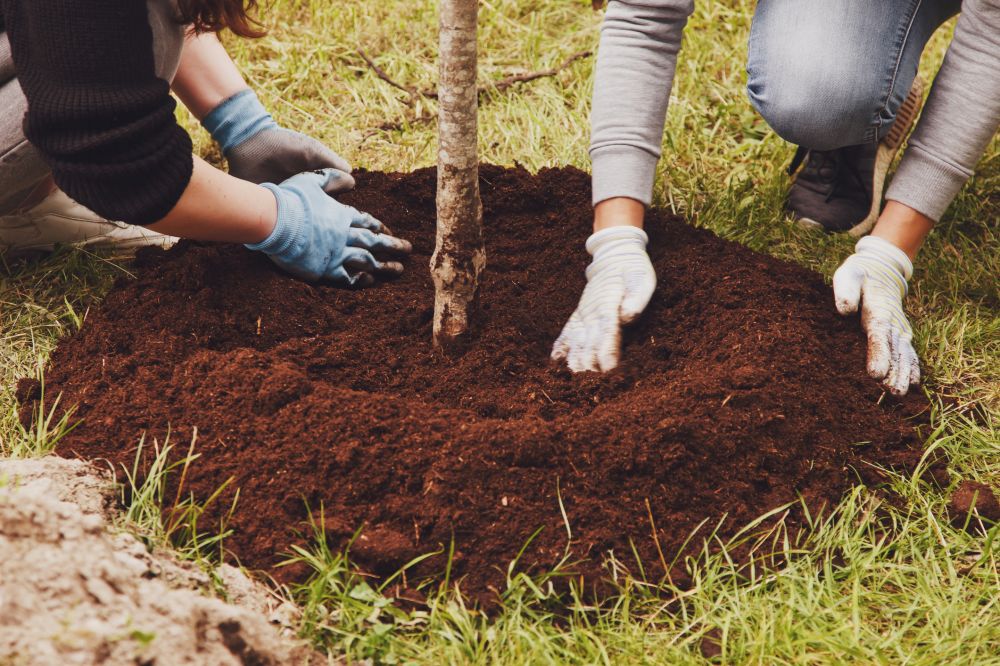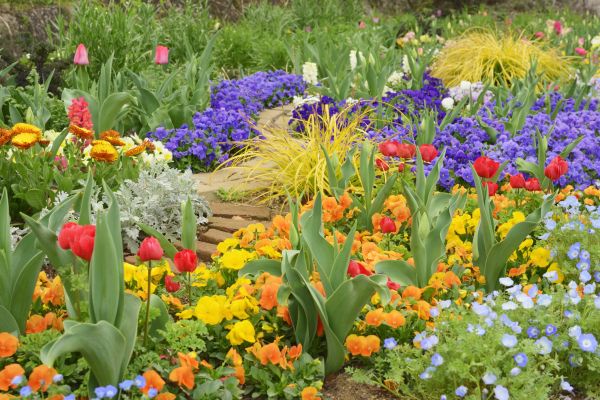Japanese Maple Planting Service
Affordable Japanese Maple Planting
Japanese Maple planting is an art that combines horticultural expertise with a deep appreciation for nature's beauty. These exquisite trees, known for their vibrant foliage and graceful structure, are a favorite among garden enthusiasts and landscape designers. Planting a Japanese Maple requires careful consideration of factors such as location, soil type, and climate to ensure optimal growth and aesthetic appeal. The importance of planting Japanese Maples lies in their ability to transform any landscape into a serene and visually stunning environment. By understanding the nuances of their care and placement, one can enjoy the timeless elegance these trees bring to gardens and outdoor spaces.
Benefits of Japanese Maple Planting
-
Aesthetic Appeal
Japanese Maples are renowned for their striking beauty, offering a spectrum of colors that change with the seasons. Their delicate leaves and unique branching patterns add a touch of elegance and sophistication to any garden. Whether as a focal point or part of a larger landscape, these trees enhance the visual appeal of outdoor spaces. -
Versatility
With a wide variety of species and cultivars, Japanese Maples can be tailored to fit different garden styles and sizes. They thrive in a range of climates and can be planted in containers, making them suitable for both expansive landscapes and smaller urban gardens. Their adaptability allows for creative landscaping solutions. -
Low Maintenance
Once established, Japanese Maples require minimal upkeep. They are relatively pest-resistant and only need occasional pruning to maintain their shape. This makes them an ideal choice for those seeking a beautiful yet low-maintenance addition to their garden. -
Environmental Benefits
Japanese Maples contribute to the environment by providing shade, improving air quality, and supporting local wildlife. Their presence in a garden can create a microhabitat for birds and beneficial insects, promoting biodiversity and ecological balance.
FAQs About Japanese Maple Planting
What is the best time to plant a Japanese Maple?
The ideal time to plant a Japanese Maple is in the early spring or fall when the weather is cool and the tree is not in active growth. This timing allows the tree to establish roots before the onset of extreme temperatures.
How much sunlight does a Japanese Maple need?
Japanese Maples prefer partial shade, especially in hotter climates. They thrive with morning sun and afternoon shade, which helps protect their delicate leaves from scorching.
What type of soil is best for Japanese Maples?
These trees prefer well-draining, slightly acidic soil. Amending the soil with organic matter can improve its structure and drainage, providing an optimal environment for the tree's roots.
How often should I water a newly planted Japanese Maple?
Newly planted Japanese Maples should be watered regularly to keep the soil consistently moist but not waterlogged. Once established, they require less frequent watering, depending on rainfall and climate conditions.
Ready to transform your garden with the timeless beauty of Japanese Maples? Fill out the contact form today to request professional Japanese Maple Planting. Experience the benefits of expert care and enhance your outdoor space with these stunning trees.




